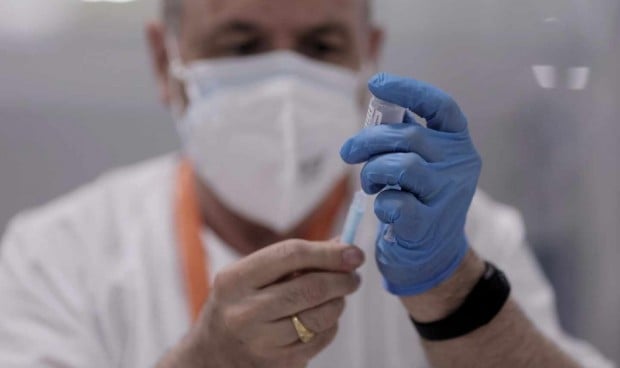A study carried out by Spanish researchers reveals that 30 percent of doctors who had covid suffer from myocarditis and pericarditis. The truth is that so far little is known about the cardiac sequelae caused by the disease. However, this study by researchers from the University Hospital of Salamanca and the University of Salamanca sheds a little more light.
Research has been conducted on healthcare workers to find the prevalence of myocarditis and pericarditis after passing the SARS-CoV-2 infection. The result of this study published in the Spanish Journal of Cardiology not only reveals that three out of ten healthcare professionals suffer from pericardial, myocardial or both, but also its higher prevalence is associated with a greater or lesser presence of certain cells of the immune system. A cardiac risk that the EMA has also confirmed in the case of vaccinated men.
–
How many doctors with covid suffer from heart problems?
The result is that 30.9 percent suffer pericarditis, myocarditis o both. Desgraded the data, 5.8 percent had pericarditis and 17.3 percent with myocarditis. Meanwhile, 7.9 percent had myopericarditis. –
The key to the investigation is that it was detected that 73.2 percent had altered immune cell counts, especially they detected a decrease in eosinophils and an increase in cytotoxic T cells.
As a result of this, “Clinically suspected pericarditis (P <0.005) was associated with cytotoxic T lymphocytes particularly elevated and decreased eosinophil counts, while participants diagnosed with clinically suspected myopericarditis or myocarditis they had lower (P <.05) counts of neutrophils, natural killer cells and plasma cells, ”according to the study.
–
Woman over 50: heart risk profile due to covid
In addition, the median age was 52 (41–57) years, 71.9 percent were women, and 16.5 percent had previously been hospitalized for covid pneumonia. At evaluation, weeks after symptoms of infection, all participants were hemodynamically stable. The mean age was 52 years old and all had hemodynamic stability. The evaluation was made between 10 and 11 weeks after having had the symptoms of the infection.
41.7 percent presented chest pain, dyspnea, or palpitations; 49.6 percent, electrocardiographic abnormalities; 7.9 percent, elevation of NT-proBNP; 0.7 percent, elevation of troponin; and 60.4 percent, changes in CMR. A total of 30.9 percent of participants met established clinical criteria for pericarditis or myocarditis: isolated pericarditis in 5.8 percent, myopericarditis in 7.9 percent, and isolated myocarditis in 17.3 percent.
–
–
Although it may contain statements, data or notes from health institutions or professionals, the information contained in Medical Writing is edited and prepared by journalists. We recommend that the reader be consulted with any health-related question with a healthcare professional.


